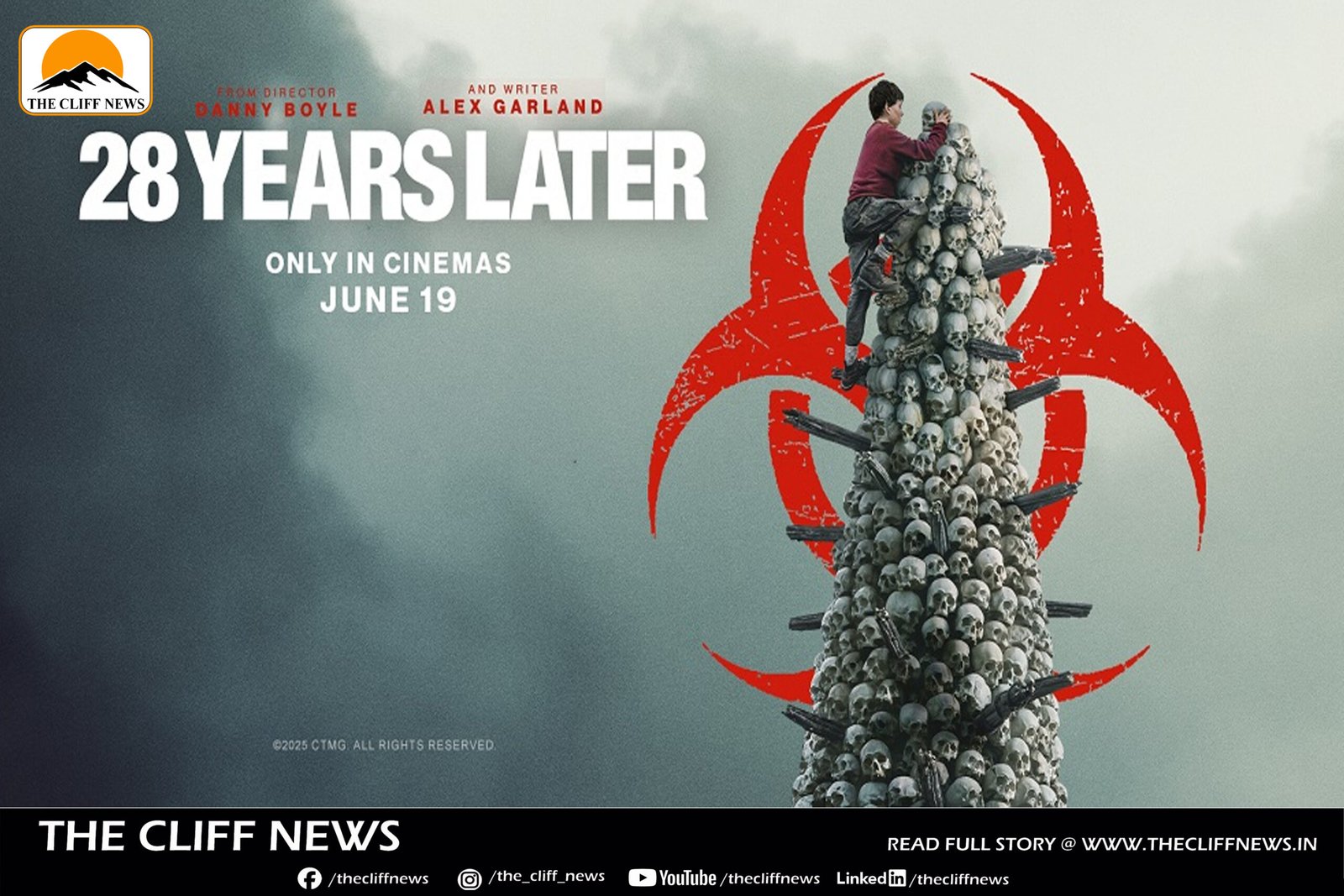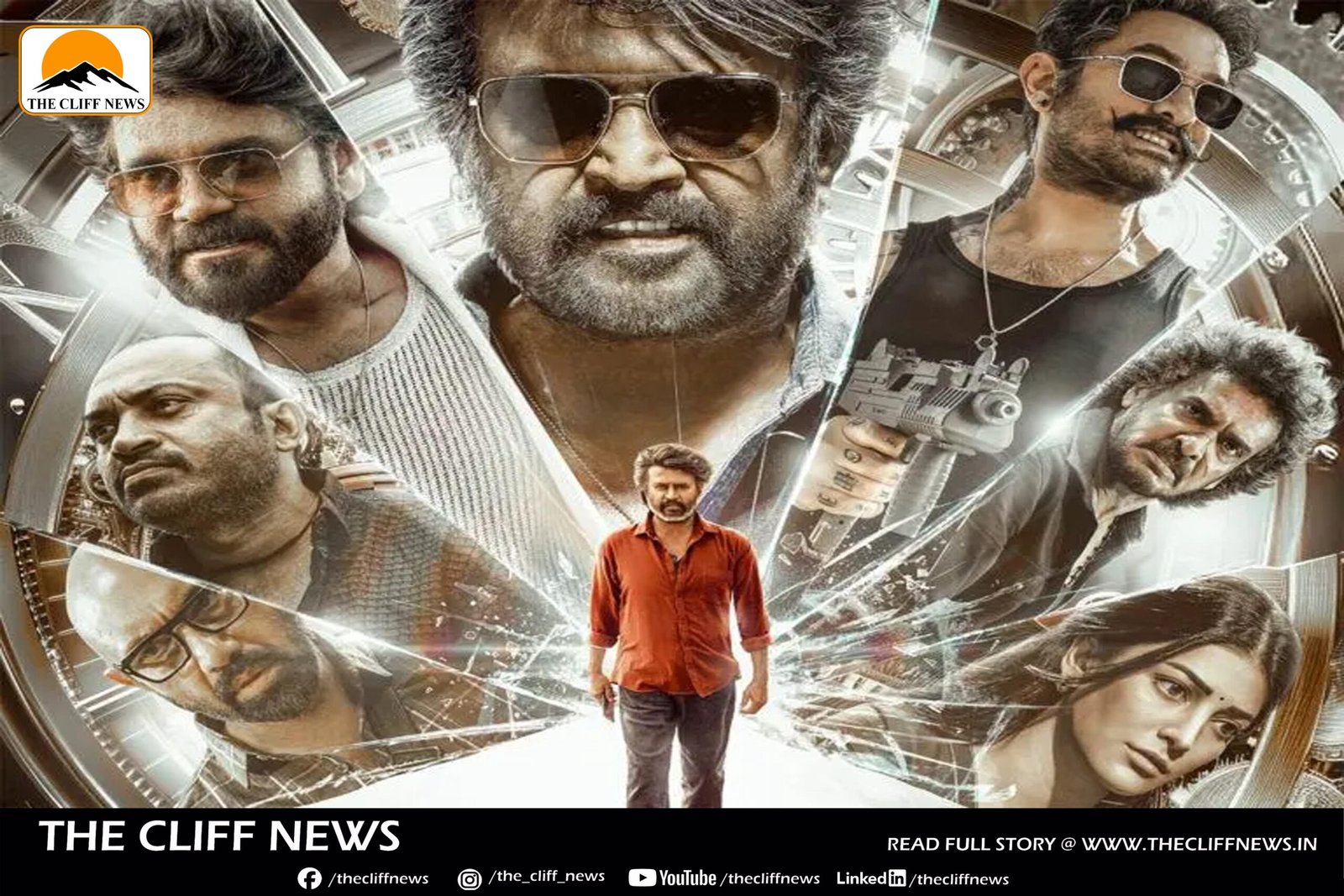Three highly anticipated films hit theatres this week: Pixar’s intergalactic tale of loneliness, Elio; Aamir Khan’s sensitively handled Sitaare Zameen Par, featuring special needs actors; and 28 Years Later, director Danny Boyle’s return to the zombie apocalypse franchise. Yet, in an unexpected twist, it is Boyle’s film—disguised as action-packed horror—that emerges as the most emotionally charged and deeply moving experience of the trio.
A Misdirected Apocalypse That Finds Its Heart
Right from its trailer to the early sequences, 28 Years Later presents itself as a gritty, pulse-pounding zombie thriller, seemingly led by Aaron Taylor-Johnson in a high-octane role. But the film is far from the usual post-apocalyptic gore-fest. At its emotional core lies a coming-of-age story, driven by 14-year-old Alfie Williams, whose breakout performance could become one for the ages. What we get is not just survival horror — but the tale of a boy navigating lies, death, and disillusionment in a decaying world.
Plot That Rises Above Genre
Set nearly three decades after the outbreak that decimated Britain in the earlier films, 28 Years Later shows the UK as a desolate quarantine zone while other nations have moved on. A band of survivors exists off the Scottish coast on a tidal island. When Jamie (Taylor-Johnson) takes his son Spike (Williams) to the mainland, secrets unravel — including the lie that a doctor (Ralph Fiennes’ enigmatic Dr Kelson) no longer exists. Spike’s journey back to retrieve his sick mother (Jodie Comer) reveals emotional depths rarely seen in the genre, filled with terror, hallucinations, and self-discovery.
A Visual and Sonic Masterpiece
While the initial few scenes feel slightly fragmented, the film quickly finds its footing with masterful visuals by Anthony Dod Mantle and a haunting score from Young Fathers. Boyle and writer Alex Garland construct a stylised, almost graphic novel-like world. The cinematography channels the eerie tension of earlier films while adding modern, abstract flair. One standout scene near the climax — with Spike facing mortality — is delivered with breathtaking stillness, drawing gasps and silence in theatres.
A Slight Misstep in an Otherwise Bold Vision
If the film falters, it’s in the final sequence — a jarring tonal shift into a Tarantino-style fight scene that feels more Trainspotting than 28 Days Later. However, this brief detour is easily forgiven in light of the film’s 110 minutes of restrained, emotionally intelligent storytelling.
A Golden Age for Horror Redefined
With Nosfearatu bringing noir back to the genre, Sinners fusing horror with musical experimentation, and now 28 Years Later adding a coming-of-age layer, Hollywood seems to be entering a new golden age of “nouveau horror.” Boyle’s film doesn’t just reboot a franchise — it reimagines what horror can emotionally encompass.
In a week where a Pixar tale and a heartwarming Aamir Khan film vied for emotional supremacy, it’s Danny Boyle’s bleak, bloodied, yet beautiful 28 Years Later that leaves audiences truly shaken — and deeply moved.



